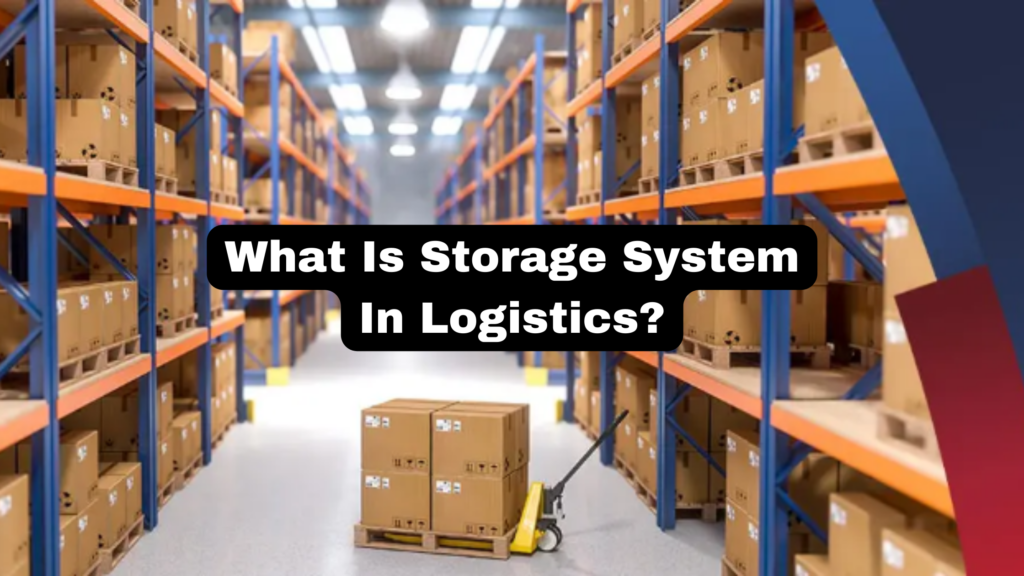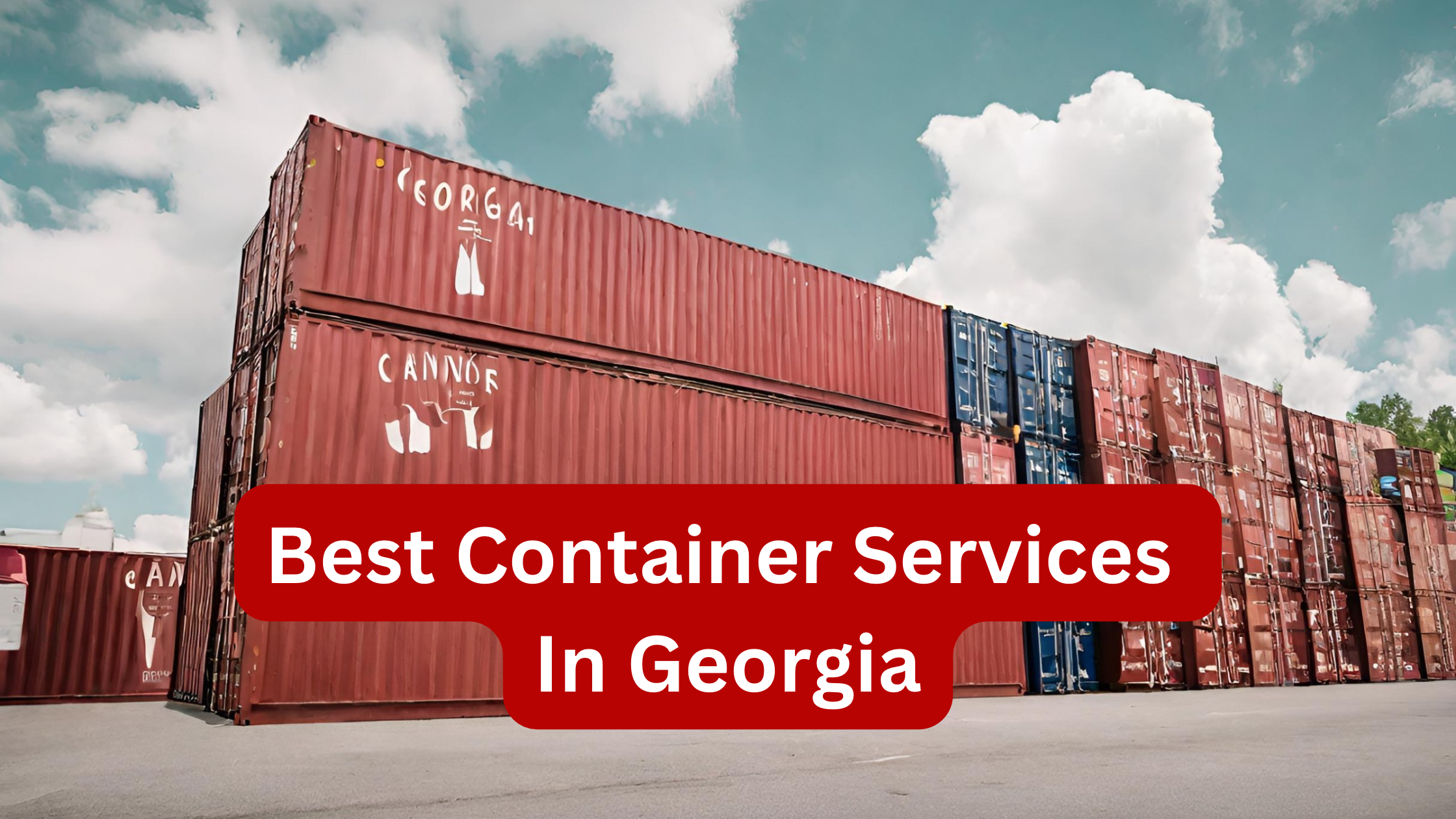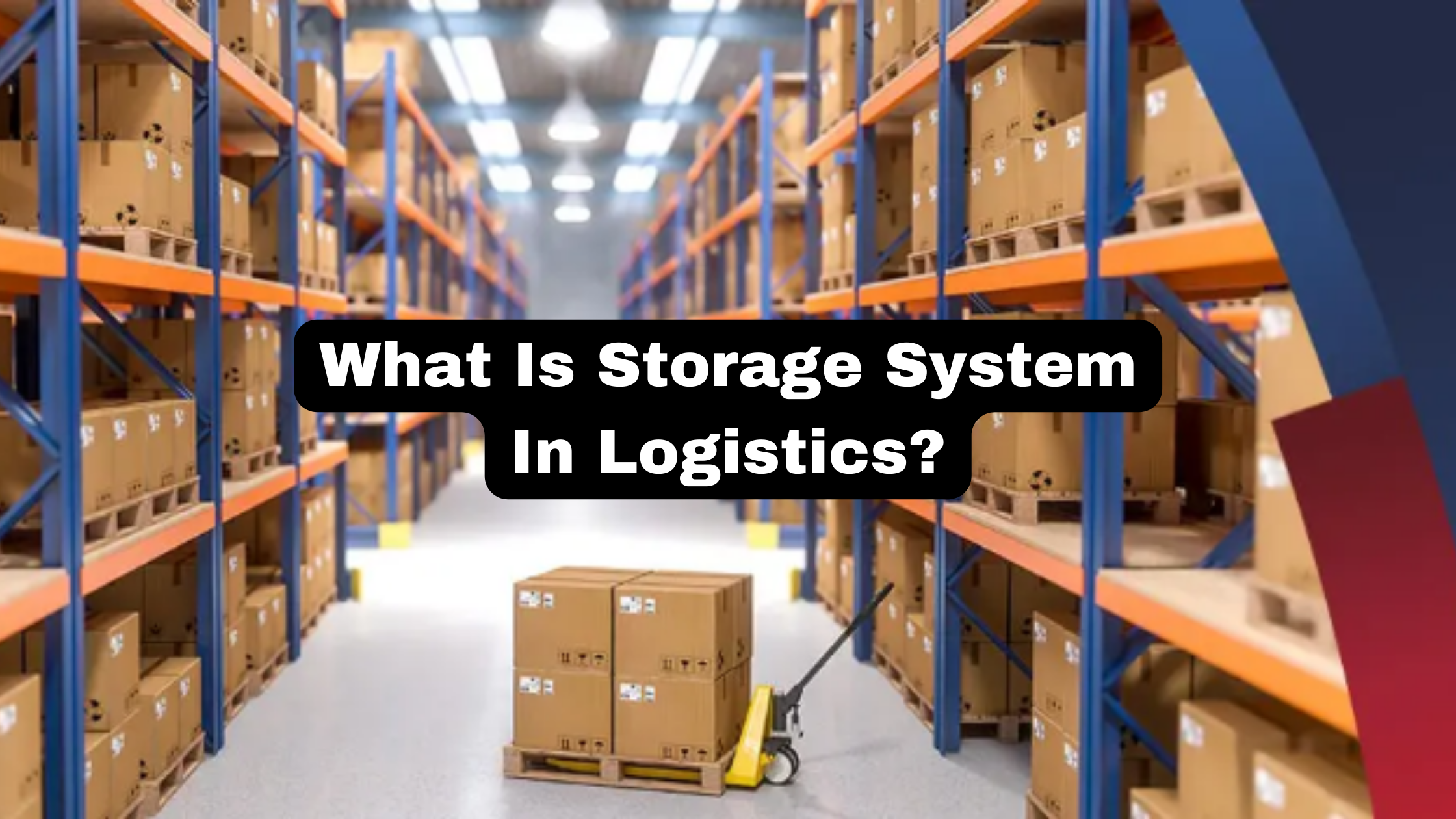Products can be stored at a facility in a variety of methods, ranging from stacking pallets directly on the floor (block stacking) to storing them in storage systems. The latter approach is the most popular and efficient because putting products on racks optimizes warehouse space while also increasing operating productivity.
In a facility where many goods are maintained, each one should preferably be stored in the appropriate system. At this point, you’re undoubtedly wondering, “Which storage system should I install?” The decision is determined by criteria such as the qualities of the commodities, their size, and turnover.
Storage systems are made up of numerous components that are used to store and organize a company’s commodities or equipment. A good solution will aid in the regulation of the flow of materials and related information, as well as in the optimization of storage space. As a result, storage systems are recognized as one of the most critical components of intralogistics.
In this blog, we’ll take a closer look at what a storage system is and which one is best for your needs.
What’s A Storage System?
Let’s start with a definition of a storage system: It’s a collection of physical structures built to best store items while prioritizing the effective use of space, convenience of access, and product organization based on specific criteria.
Industrial racks are often used: structures that are fastened to the warehouse floor and consist of spots where items are stored. We may categorize racking into two types: direct access and compact storage.
The first, as the name implies, allows complete access to the items, easing storage and order-choosing responsibilities. The second, on the other hand, optimizes space to allow for a greater quantity of items.
The decision between a direct access system and a compact system will be influenced by variables such as the number of SKUs, the number of units of each, and the consumption criteria. The balance will shift to one side or the other depending on the demands of the firm.
Types Of Storage Systems
Pallet Racks
Pallet racks are typically found in facilities that manage a large number of SKUs with few pallets per SKU, as well as in warehouses with a high volume of product movement. They are suited for small to medium-sized establishments that store bulky items.
One of these racks’ unique features is its flexibility to adjust to any unit load, weight, or volume. As a result, logistics companies frequently use them to store a wide range of items and pallets of varying sizes and qualities. Picking can also be done on the first pallet level.
Mobile Racking Systems
Racks are mounted on moveable platforms that travel laterally and autonomously along rails on the floor. They have motors and control equipment to guarantee that they move smoothly and safely.
Movirack movable racking reduces the number of lanes in order to fit more pallets into a smaller space while maintaining direct access to the items.
Although they are suitable for any temperature, they are notably useful in freezer warehouses or cold storage facilities and are consequently frequently used by food industries.
Cantilever Racks
Cantilever racks are intended for storing extremely long unit loads such as metal profiles, pipes, molding, timber, metal and plastic sheets, and so on.
They are made up of two columns that are connected by load-bearing arms. One of its distinguishing qualities is that the arms may be readily detached and repositioned depending on the size of the items.
They are distinguished by their direct access to products and their adaptability in storing any form of unit load, regardless of size. As a result, they may be found in the warehouses of firms that handle extra-long items (such as automotive, spare parts, home décor, and equipment and component industries).
Drive-In/Drive-Thru Pallet Racks
Drive-in racks are designed for homogenous items with a high number of pallets per SKU. They are made up of racks with lanes established inside them that are provided on both sides with support rails where the loads are dumped. Inside these lanes, forklifts travel with the cargo hoisted above the level where it will be placed.
They are frequently used in conjunction with other storage systems (such as pallet racks). They are exclusively utilized as a single system at facilities of raw material or consumer product producers or logistics providers, as well as cold storage warehouses.
Push-Back Racks
Push-back racking systems (together with flow racks) enable increased agility in goods management as well as enhanced product accessibility inside the small rack group.
Pallets may be shoved into the storage channels, which are built up on a small slant. Because the front half is lower than the rear, when a pallet is removed, gravity forces the pallets in the back to move forward to the first position.
They’re an excellent choice for items with a small number of pallets per SKU and a high turnover.
Criteria For Choosing A Storage System
The optimum storage system is one that fulfills the demands and constraints of the warehouse in the most cost-effective manner feasible. Multiple aspects should be examined before choosing one, including projected storage capacity, number of SKUs and pallets per SKU, available space, handling equipment, and project budget.
Conclusion
To summarise, the logistics industry primarily relies on effective storage systems to maintain the seamless flow of goods across the supply chain. These systems, which vary in form and capability, are critical in optimizing warehouse space and increasing operating productivity.
Each storage system serves a certain function, whether it’s the versatility of pallet racks, the space-saving inventiveness of mobile racking systems, or the specialization of cantilever racks for supporting lengthy objects.
Storage capacity predictions, SKU and pallet numbers, available space, handling equipment, and budget limits all influence the decision between direct access and compact storage solutions.








